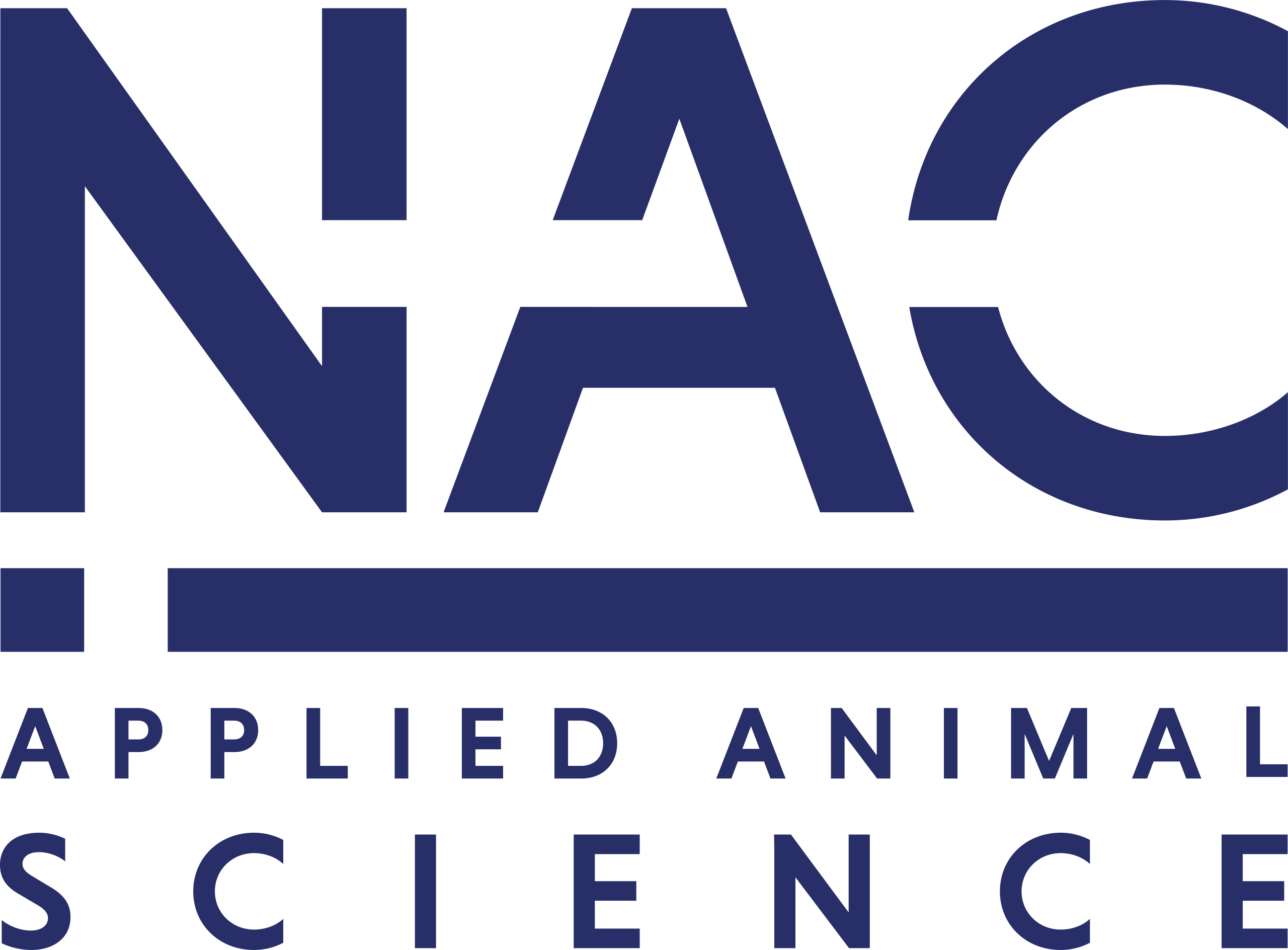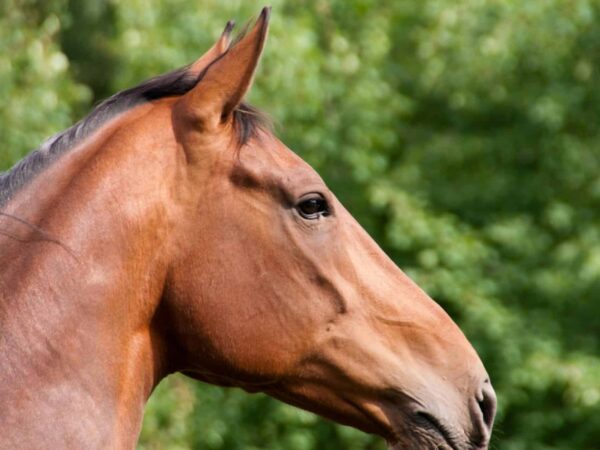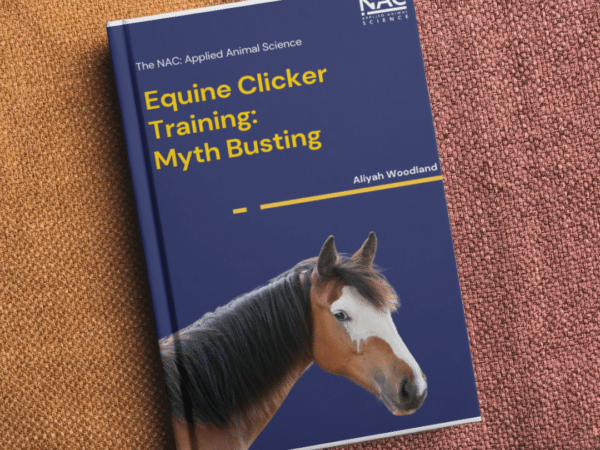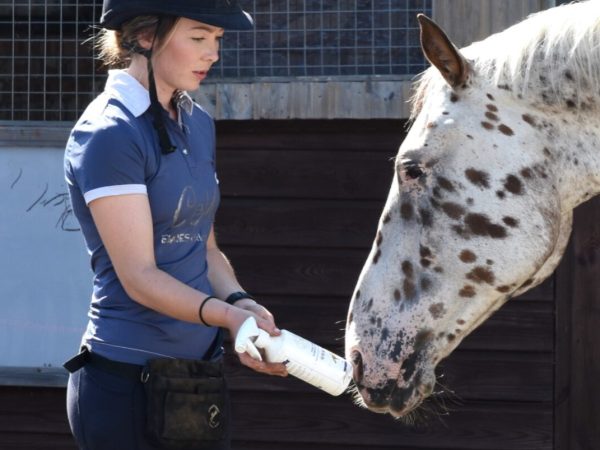The Science Of Learning
Overview
Have you ever wondered how your pet learns new behaviours?
Whether it’s a dog, horse, cat, or any other companion, all animals learn through the same fundamental principles. In fact, the way all animals’ brains learn is surprisingly similar. From Pavlov’s famous experiments with dogs to the application of rewards in modern training, this course will guide you through the fascinating world of learning theory.
What You’ll Learn
In this course, you will uncover the science behind animal behaviour and how training truly works. Through practical examples and key insights, you’ll learn how animals acquire new behaviours, the role of rewards and reinforcement, and why learning theory is the foundation of almost all training techniques.
This course is designed to help you:
- Understand how animals from different species learn through associative learning.
- Apply the principles of classical and operant conditioning in real-life training scenarios.
- Recognise the science that underpins successful training, helping you become more effective as a trainer or pet owner.
If you’re ready to deepen your knowledge of how animals learn and gain the tools to improve your training techniques, enrol today and join the NAC Science: Simplified community.
Enrol Today
Instant access on enrolment and get started today!
£57.00
What Our Students Say
"Don't hesitate, just do it! Financially I was treated to the course as a gift as at the time it was too much of a stretch financially, but I knew…"
"The live lectures have been really useful! I have really enjoyed the course. The materials are easy to navigate in the website. I've definitely learned how to troubleshoot training scenarios much…"
"Tutors were always helpful and quick to respond to any questions The course was very well run. Course material was clear and comprehensive. The learning platform was easy to use. Weekly…"
"I really enjoyed it. I've been using positive reinforcement as a training method for years but I believe you can always learn more. I've now learned the correct terminologies used…"
"I think this diploma is offering something very important This course has offered me some other perspectives on how people work with and train their horses. It has allowed the opportunity…"
"I enjoyed the weekend and particularly found the practical sessions on the second day really useful. I feel like I came away with some good ideas from the other people…"
"I would say this course is one of a kind and well on its way to improve the equine training and instruction industry."
"The support from the tutors is genuinely brilliant. The one to one calls are invaluable as I can ask any questions I may have. The opportunity in the calls to…"
"I had an amazing couple of days. I felt recognised which was just such a confidence booster. With it being a small group I didn’t feel overwhelmed, and…"
"I’m loving it! This whole course has opened up my eyes - I'd just finished Uni and was planning on doing a masters but now I no longer want to…"
"Thank you and all the staff so much! I had an absolute blast and learnt so much to aid me in my everyday care and training of my own horses…"
"The Diploma I received from NAC was life changing! If you want a career with horses, I highly recommend starting with NAC!"
"I really loved the horse centric approach throughout this course, the constant reference to ethics and welfare was refreshing as was the support for R+ training and definite avoidance of…"
"My expectations being an introductory course were that it wouldn't contain as much information as it did or be in depth. I was really surprised and also glad that I have…"
"Don't hesitate, just do it! Financially I was treated to the course as a gift as at the time it was too much of a stretch financially, but I knew…"
"The live lectures have been really useful! I have really enjoyed the course. The materials are easy to navigate in the website. I've definitely learned how to troubleshoot training scenarios much…"
"Tutors were always helpful and quick to respond to any questions The course was very well run. Course material was clear and comprehensive. The learning platform was easy to use. Weekly…"
"I really enjoyed it. I've been using positive reinforcement as a training method for years but I believe you can always learn more. I've now learned the correct terminologies used…"
"I think this diploma is offering something very important This course has offered me some other perspectives on how people work with and train their horses. It has allowed the opportunity…"
"I enjoyed the weekend and particularly found the practical sessions on the second day really useful. I feel like I came away with some good ideas from the other people…"
"I would say this course is one of a kind and well on its way to improve the equine training and instruction industry."
"The support from the tutors is genuinely brilliant. The one to one calls are invaluable as I can ask any questions I may have. The opportunity in the calls to…"
"I had an amazing couple of days. I felt recognised which was just such a confidence booster. With it being a small group I didn’t feel overwhelmed, and…"
"I’m loving it! This whole course has opened up my eyes - I'd just finished Uni and was planning on doing a masters but now I no longer want to…"
"Thank you and all the staff so much! I had an absolute blast and learnt so much to aid me in my everyday care and training of my own horses…"
"The Diploma I received from NAC was life changing! If you want a career with horses, I highly recommend starting with NAC!"
"I really loved the horse centric approach throughout this course, the constant reference to ethics and welfare was refreshing as was the support for R+ training and definite avoidance of…"
"My expectations being an introductory course were that it wouldn't contain as much information as it did or be in depth. I was really surprised and also glad that I have…"

 , please spend more than £50
, please spend more than £50


